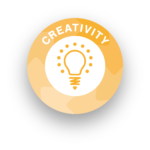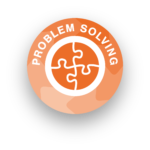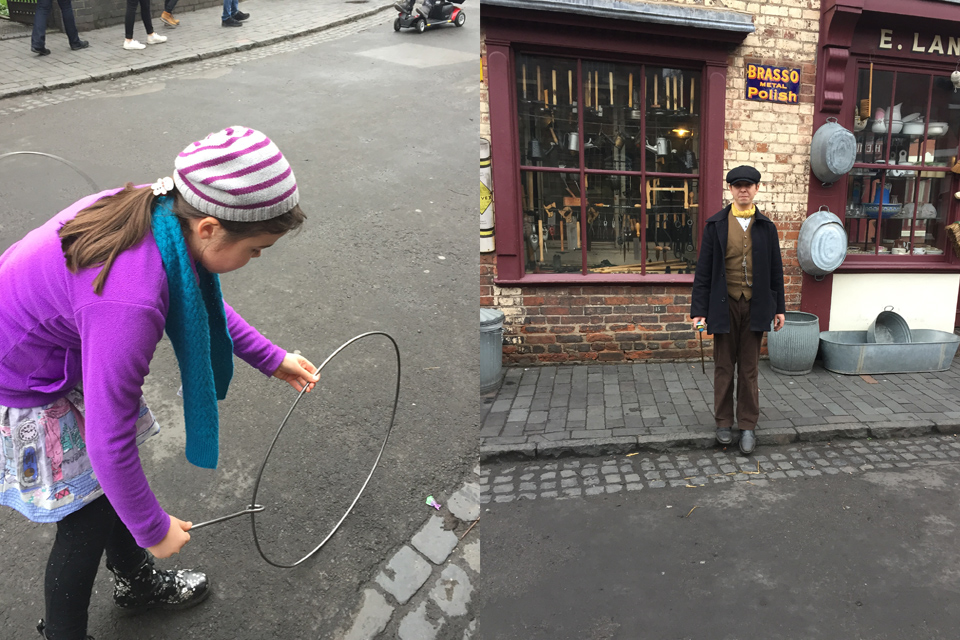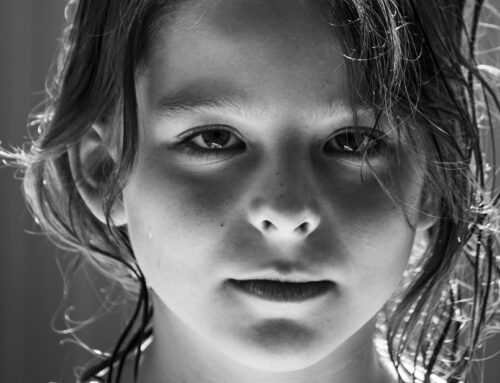Who remembers their school history lessons? Learning facts from textbooks and rarely going on an actual trip can be very dry. But the success of historical fiction and programmes shows history is indeed a timeless subject with appeal, even if it isn’t your main passion.
Why Engage with History?
Deeper thinking is natural for children with high learning potential, with history providing scope for understanding and analysing why things happen. Children learn to think critically about events, reflect on mistakes or ponder how successes can happen in the future. They may realise that there is more than one answer to an historical problem. They may also love the controversies and mysteries often found in history and be determined to uncover evidence.
For Younger Children (KS1)
Odd One Out
Have a look around your house or ask grandparents for any old objects and gather a few. Perhaps you’ve got a computer keyboard from the 1980s, or a teacup which is a family heirloom. Can your child talk about which object might be the most different, question its origins and suggest an alternative use in modern times? Some museums such as John Moore Museum in Tewkesbury or ONFife Museums, Scotland, also have loan boxes which allow children to examine artefacts and original objects.
Toys from Yesteryear
Get them giggling as they hear about old toys! Tell them about the Snorie Bane (Celtic Bronze Age, a toy made from a pig’s foot bones), and the Rattleback: a spinning stone that stops and rattles if spun in the wrong direction. Compare that with a fidget spinner! Roman toys are mentioned in this BBC clip https://www.bbc.co.uk/programmes/p011t5gz
Keep Track of Time
Make a timeline of a favourite historical age using pictures. Children can derive a strong sense of different periods from this activity because it is hands-on involvement. Even better, they can be challenged to put key events into chronological order and to look for similar historical occurrences. As an alternative to glue, print the timeline pictures on sticker paper (try craft shops for some), cut, then peel and stick.
For Older Children
Compare and Contrast
Read the H.E. Marshall history books together (Our Island Story: A History of England for Boys and Girls , Kings and Things, and Scotland’s Story). Can your child spot any bias or is there true fact? Compare it with accounts in The English & Their History by Robert Tombs.
How Did they Live?
Archaeology can offer excellent opportunities to show children how people used to live. Why not join a Young Archaeologists Club? https://www.yac-uk.org/
Eat the food! The choice is theirs: a Greek banquet with filo pastries and souvlaki eaten lying down on one side (pretend the sofa is a couch!) or perhaps an Elizabethan feast with vegetable, honey, fruit tarts, even sausages (popular in Tudor times). For the Normans, your child could serve fresh food on old bread (a custom in place for centuries). If anyone is musical in the house, they could research traditional accompanying music and instruments and play pieces as a backdrop.
Speak the lingo! The UK can trace its heritage back to a French king (the Normans: William the Conqueror), a German royal family (the House of Saxe-Coburg-Gotha: Prince Albert, the husband of Queen Victoria), and the Vikings of Scandinavia, among others. See if you can create a historical activity involving any language that made an impact.
Dance the steps! You could incorporate traditions of the time, alongside French courtly dances or the Lindyhop! For examples of dancing through the ages, see excerpts of different dance styles https://www.youtube.com/@DancetimePublication
Be A Court Painter
Paint or draw a new king or queen who could be eligible to marry a real king or queen – use portraits for inspiration. Will it be a true likeness? You could discuss together the importance of portraits in days gone by when there was no photography and why some painters used flattery in their work (e.g. Holbein).
Impact and Importance
A child with high learning potential can really be challenged by debating which historical period they think is the best. Can they select evidence to support why that era is the most important? Maybe your child could do a presentation on their special choice.
Are there burning questions that your child would like to ask a historical person? Let them read up on the person first and arm yourself with some factual responses! Be prepared for the unusual: your child might ask how Tutankhamun felt when he became king aged nine, or why Cleopatra chose to be rolled up in a carpet to meet Julius Caesar!
Make It Relate
Today’s gadget! If you’ve got a smartphone, talk with your child about early mobiles and fax machines. Did you have a ZX81 computer? How is it connected to today’s iPad? Help your child draw a gadget family tree which will be a springboard for discussing living in the past.
Truth or Fiction?
Perhaps your child might like to write a story based on local legends or museum artefacts. Some ideas for the settings: an iron age camp, a stone age cave, a Roman town. What could your child call their hero or heroine? What is their role in life? How will they deal with a problem of that time? For example: an attack from a rival tribe, a volcanic eruption, the death of an Emperor.
Super Sleuth Challenge
Choose an area in your house where you can set up an interactive display. Create some clue cards and use magnets or clips to hang them. Set your child a clue every day about a mystery historical person or place. See if they can research the clues and submit an answer by the end of the week. You could use a container such as a Pringles tin for your child to pop in their answers – simply cut a slit in the top of the covering that’s big enough to fit in paper. https://www.teacherspayteachers.com/Product/Enrichment-Activity-Super-Sleuth-Daily-Clue-Challenge-FREEBIE-2886720
Study Themes, Not Dates
By focusing on a theme of an era, your child better understands the causes and outcomes rather than just remembering dates. For the Iron Age, imagine that your Celtic home has been vandalised by Romans and your task is to build a new shelter for everyone. Think about the kind of materials that would have been used at the time (this is a good group activity).
What if they Really Dislike History?
Try linking it by focusing on an aspect of their favourite subject in a place of interest: Recommendations: Bletchley Park (maths, computing); National Space Centre (astronomy); The Museum of London; the Design Museum London; The National Piping Centre (music); York’s Chocolate Story (cookery); Bank of England Museum (economics); Haslemere Museum (natural history); Hill Top, Cumbria (Beatrix Potter) and The Roald Dahl Museum and Story Centre (literature).










